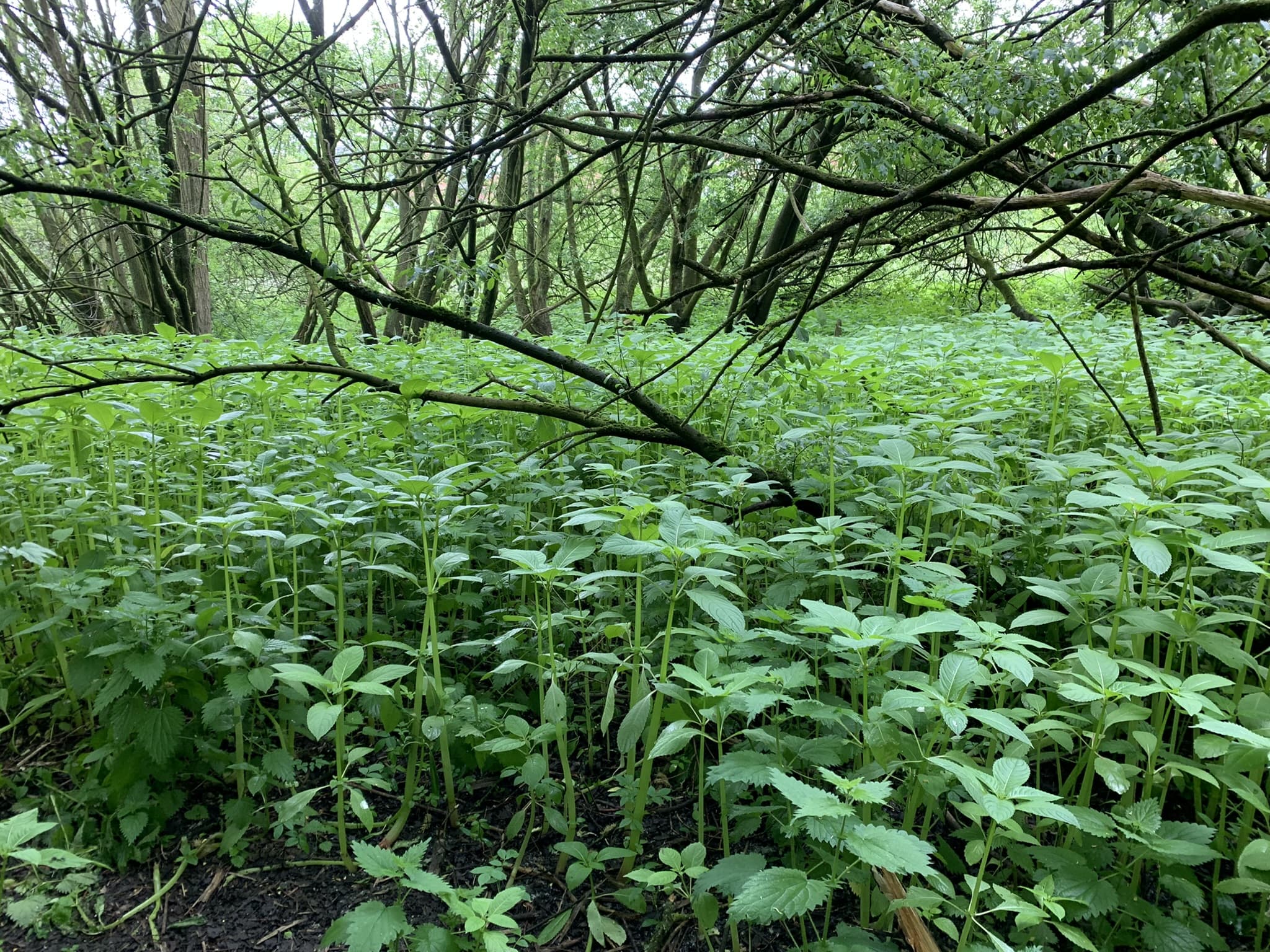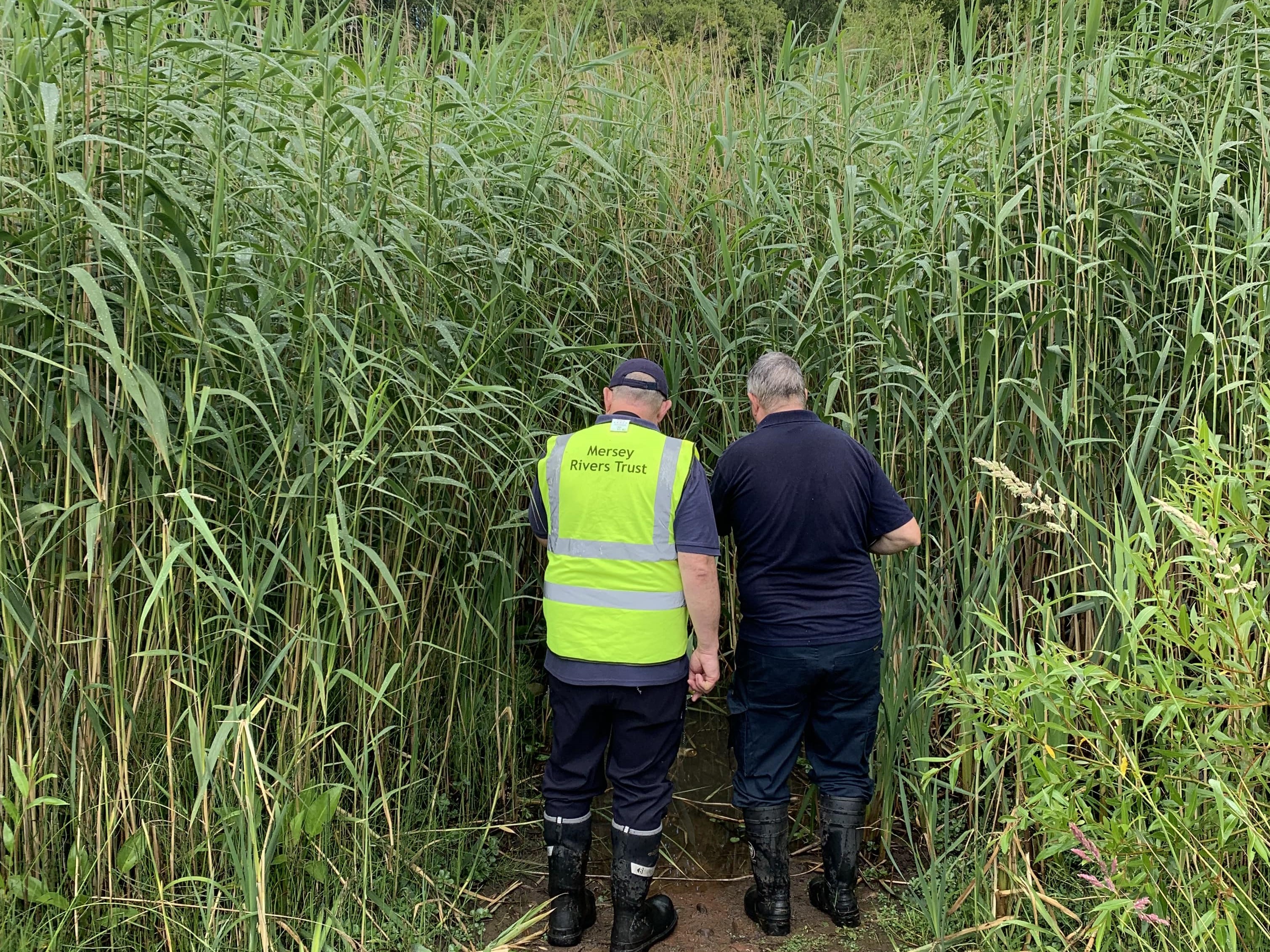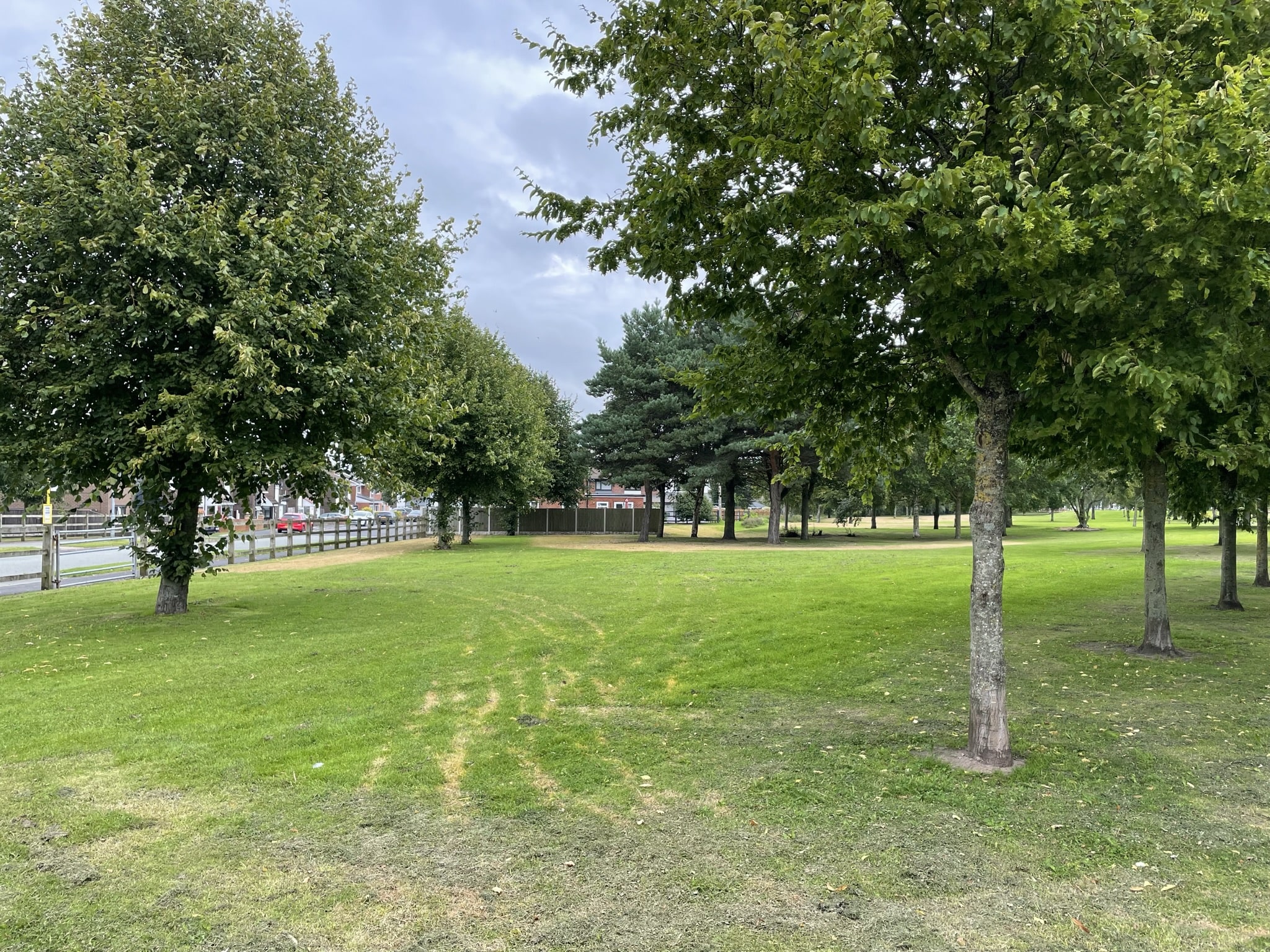Headbolt Lane Biodiversity Net Gain
Biodiversity Net Gain (BNG) is an approach to development, land and marine management that leaves biodiversity in a measurably better state than before the development took place.
Currently, although certain sites are protected, there are limited mechanisms to value, maintain, enhance or create wider habitats. As a result, habitats continue to be lost to development, reducing nature's ability to connect and thrive. Under the Environment Act 2021, all planning permissions granted in England (with a few exemptions) will have to deliver at least 10% biodiversity net gain from an as yet unconfirmed date, expected to be in November 2023. BNG will be measured using Defra’s biodiversity metric and habitats will need to be secured for at least 30 years.
Network Rail committed to providing a Net Positive Biodiversity gain for a new train station at Headbolt Lane in Kirkby. Network Rail, and their Principal Contractor Buckingham Group Contracting, identified Mersey Rivers Trust as a partner to deliver BNG, and other environmental, social and economic benefits to the local area.
The project is the first of its kind in the area to use the BNG metric and is piloting the methodology of how BNG may work in the future and what the challenges are to implement BNG.
You can read more about the new Headbolt Lane development here and Network Rail's Biodiversity targets here.

Network Rail's Biodiversity targets
Design and Feasibility process
Identify and prioritise interventions
A desktop study helped us to identify locations close to the new development which could benefit from habitat improvement works. Site walkovers were then undertaken to ground-truth and identify specific interventions.Complete biodiversity calculations
Baseline habitat surveys were completed at each site and biodiversity credits calculated using the latest version of the DEFRA metric.Feasibility and surveys
Early discussions with the landowner and other key stakeholders was important to ensure the project would be feasible. Relevant permits, permissions and agreements were produced and surveys undertaken, including ecology (Water Vole, Great-crested Newts, Bats), utilities, UXO and contaminated land.Designs
Basic sketches produced by MRT staff were turned into full designs by a specialist consultancy. The designs could then be handed over to a contractor to aid delivery. The design includes a drawing plus documentation around project risks to both people and the environment.Wider stakeholder engagement
Stakeholders were engaged at every step of the process but this was an opportunity to share the full designs with the landowner and members of the public. Community consultations were held as a chance for local residents to learn more about the project and ask questions.Delivery
A series of interventions are to be delivered at 6 parks across Kirkby, including wetlands, ponds, hedges, wildflower meadows and river restoration. Below is more information about the works at each site...
Mercer's Dell baseline habitat assessment

Water Vole survey
Kirkby Biodiversity Improvements

1. Mercer's Dell
2. Mill Dam Park
3. Northwood Forest Hills
4. Millbrook Millennium Green
5. Eddie McArdle Playing Fields
6. Saxon Green
1. Mercer's Dell

Wildflower Meadow creation
Approximately 2,000m² of mown grassland will be turned into a vibrant meadow with over 20 species of native wildflower. This will benefit a variety of insects (including bees and butterflies), birds and bats.

Hedgerow creation
150m of hedgerow will be planted along the edge of Mercer's Dell to provide shelter and food for a variety of birds and small mammals. Species will include Hawthorn, Blackthorn, Field Maple, Wild Cherry and Alder. We will also include some fruit trees which can be utilised by the public and will also help to feed Water Vole which are present in the nearby brook.

Riparian habitat enhancement
Kirkby Brook flows through the centre of the site and has a good population of Water Vole. We will be controlling the invasive Himalayan Balsam, which is dominating the banksides and replace with a variety of native plants, including Common Reed which will provide food for Water Voles.
2. Mill Dam Park

Wetland creation
Approximately 4,000m² of poor quality woodland is to be developed into a large wetland habitat, consisting of a series of wooded islands surrounded by reed-beds and wet woodland. This will provide a variety of habitats for birds, insects, amphibians and Water Vole, which are present in the adjacent Simonswood Brook corridor.

Wetland scrape creation
A wetland scrape will be created and planted with reeds to provide additional habitat for aquatic wildlife. The scrape edges will be seeded with a pond edge mix and the Flag Irises already at this location will be removed, stored on-site and re-planted once the work is completed.
3. Northwood Forest Hills

Wet woodland enhancement
An area of woodland to the north-west of the site that was previously wet has begun to dry out due to excessive vegetation growth. The vegetation will be managed and the ground lowered to allow more water to attenuate in this wooded area, providing important wetland habitat for amphibians.

Pond enhancement
The small pond to the south of the main pond will be managed by removing successional vegetation and the pond re-landscaped to ensure it holds water throughout the year. This will provide habitat and breeding areas for amphibians, pond invertebrates and birds.

Pond enhancement
A small wildlife pond to the east of the site will be managed by removing successional scrub from around the pond, thinning out the Typha and controlling invasive Parrot's Feather. The pond currently has a good population of aquatic invetebrates including ramshorn snails, water scorpion and great diving beetle.
4. Millbrook Millennium Green

Wetland enhancement
The large wetland pond, adjacent to Simonswood Brook has become heavily vegetated and largely dried up due to excessive willow growth. The vegetation will be managed and the pond re-landscaped to allow it to hold more water and provide habitat for a variety of aquatic wildlife species. The existing dipping platform will be cleared for the public to use it once again.

Pond enhancement
Three smaller ponds on site will also be managed by removing excess vegetation and re-landscaping the ponds. The offline ponds are important feeding and breeding areas for amphibians, invertebrates, birds and Water Vole, which are present in the adjacent Simonswood Brook.
5. Eddie McArdle Playing Fields

River restoration
A section of Kirkby Brook currently flows through a concrete half-pipe. The concrete will be removed to create natural banks which are suitable for Water Vole to burrow into. This will also create a more natural river bed for a variety of river invertebrates.

Riparian habitat enhancement
We will be controlling invasive Himalayan Balsam, which is dominating the banksides and replace with a variety of native plants, including Common Reed which will provide food for Water Voles.
6. Saxon Green

Wetland enhancement
The large wetland pond regularly dries out due to excessive vegetation growth and siltation. We will manage the vegetation, re-landscape the pond and connect to Simonswood Brook to allow more water to pass through the wetland. This will benefit amphibians, insects, birds and Water Vole.

Wildflower Meadow creation
Over 2,000m² of mown grassland will be planted with over 20 species of native wildflower to boost biodiversity and increase the amenity value of the park. The flowers will benefit a variety of insects (including bees and butterflies), birds and bats.

Woodland enhancement
Invasive Himalayan Balsam is dominating the wooded areas. The Balsam will be controlled and native woodland plant and flower species planted to diversify the habitat.
Works to be complete by March 2024.




